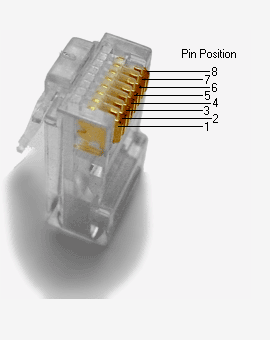TSW114 Powering Options: Difference between revisions
Gytispieze (talk | contribs) No edit summary |
Gytispieze (talk | contribs) m (Gytispieze moved page Draft:TSW114 Powering Options to TSW114 Powering Options without leaving a redirect) |
||
| (One intermediate revision by the same user not shown) | |||
| Line 1: | Line 1: | ||
{{Template: | {{Template: networking_tsw1xx_manual_powering_options | ||
| name = TSW114 | | name = TSW114 | ||
| series = TSW1xx | | series = TSW1xx | ||
| poe = 0 | | poe = 0 | ||
| passive_poe = 1 | | passive_poe = 1 | ||
| file_lan1 = Networking_tsw114_manual_powering_options_lan1.png | |||
| size_lan1 = 400 | |||
}} | }} | ||
Latest revision as of 11:03, 8 February 2023
Main Page > TSW Switches > TSW114 > TSW114 Manual > TSW114 Powering OptionsThis chapter contains information on powering options supported by TSW114 switch.
The switch has a pin power socket and can be powered by a 9-30 VDC power supply unit (PSU). Refer to the image below for the power socket's pinout information:
Power socket
2 pin power socket
| No. | Description | Wire color |  |
|---|---|---|---|
| 1 | Power | Red | |
| 2 | Ground | Black | |
Passive PoE
The device may also be powered by an Ethernet cable via the LAN1 port (9-30 VDC):
(Do not use in other ports!)
- The device is NOT COMPLIANT with the IEEE 802.3af-2003 standard: powering the device from an IEEE 802.3af-2003 power supply will damage the device as it is not rated for input voltages of the PoE standard.
- The device is NOT COMPLIANT with the IEEE 802.3at standard: it cannot power other devices over Ethernet.
Ground loops
Do not connect the power supply negative terminal of our device to the chassis or earth exclusively.
This connection could cause ground loops. For example, if the antenna shield and power supply negative terminal are connected to the chassis or earth, it forms a ground loop, therefore unwanted current could flow through a device PCB ground and may cause damage.
In networking switches connecting our device power supply negative terminal to the chassis or earth could cause damage to other devices connected to the switch or unintentional power up of other devices.



